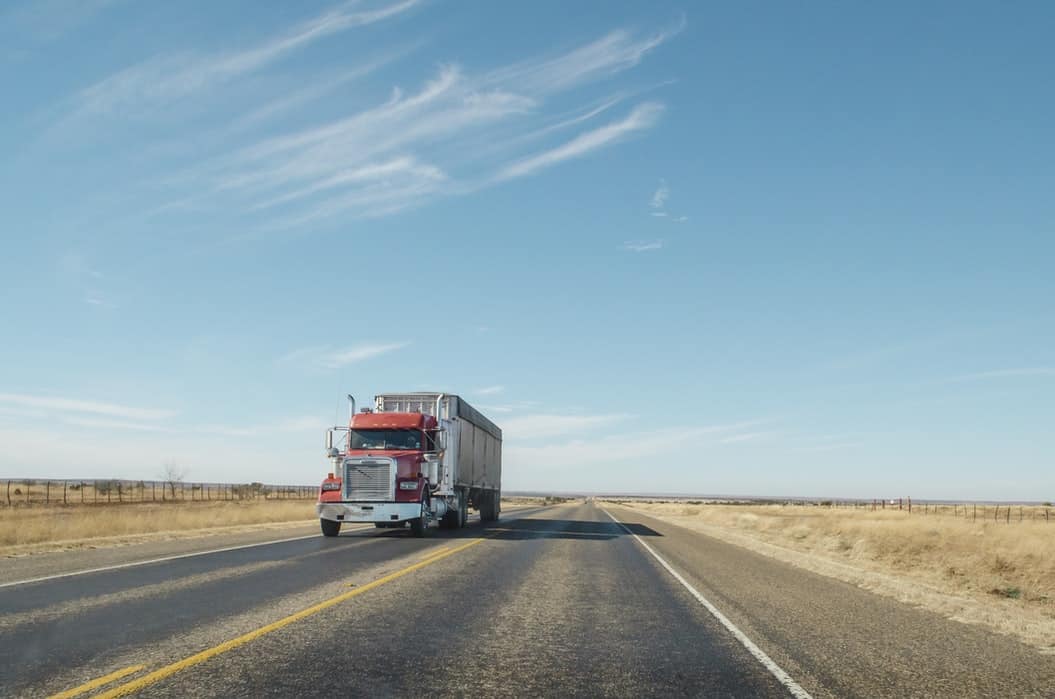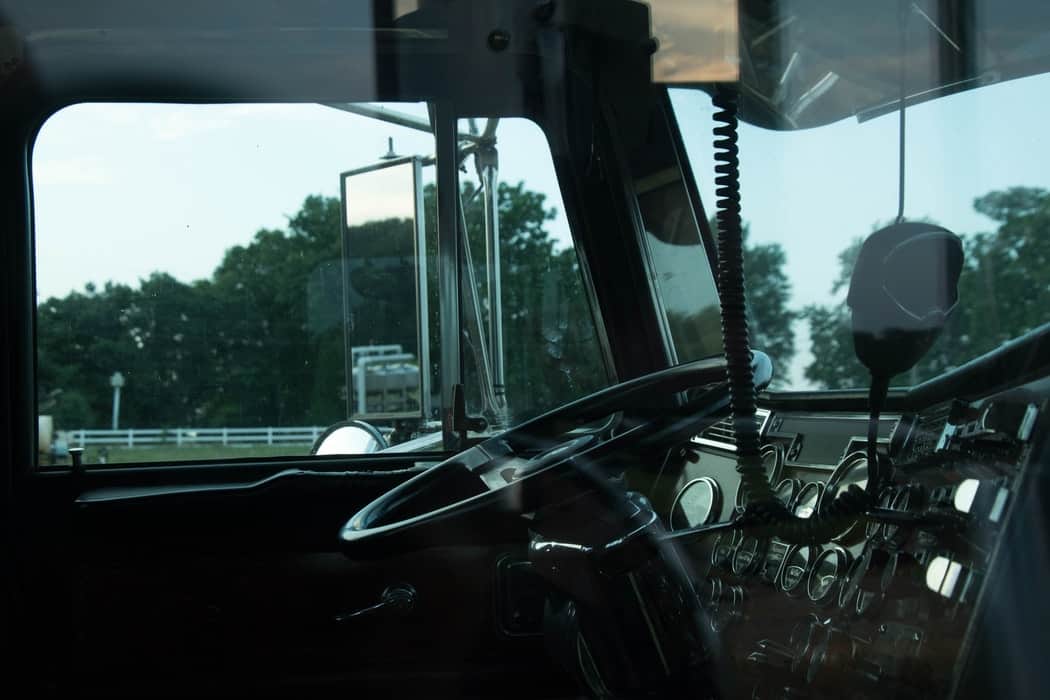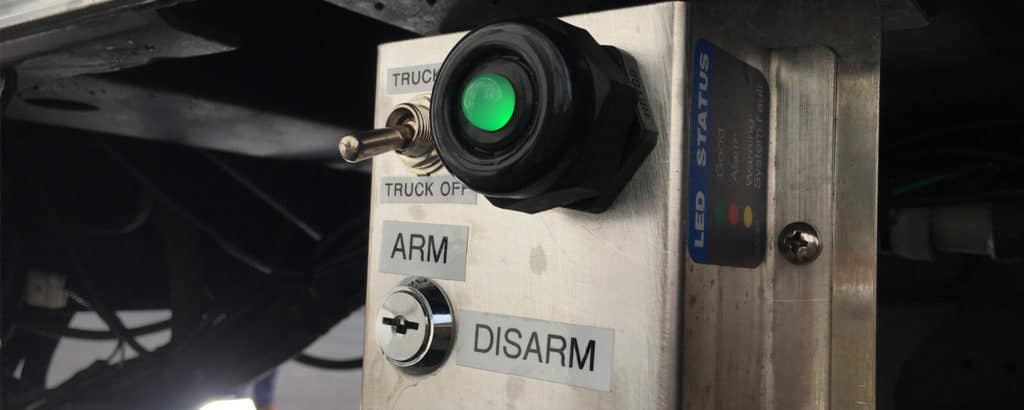Safety is undeniably one of the biggest concerns in the commercial trucking industry, but many fleet companies struggle to maintain the high safety standard they desire.
In this blog, we lay out three effective strategies for instilling a culture of safety into your fleet so you can minimize accidents and—more importantly—protect your drivers.

If you want to maximize the safety of your fleet operations, the first step is to create a culture of safety—and this is no easy task.
Creating a safety culture is much like creating a winning culture on a sports team: very few achieve it, because in order for it to work, you need everyone on board. Everyone.
The saying, “one bad apple can spoil the bunch” rings especially true for fleet safety. For a culture of safety to be established—and solidified—within a fleet, everybody, from top to bottom, must hold themselves to the same standard—they must all strive toward the same goal.
As fleet managers, it can be easy to shift the blame onto drivers for not maintaining safety standards. But a safety culture starts at the top—it starts with you—just as a winning culture starts with the coach.
If you want to create a strong commitment to safety in your fleet, don’t think of what others could do better—think of what you could do better.
With that being said, here are three strategies that you can start implementing to lay the foundation of a resilient safety culture.
Safety Strategy #1: Host Regular Safety Meetings

We know, we know. Safety meetings can seem like a formality, and forcing your team to attend them may result in some under-the-breath expressions of disapproval. But bear with us…
It has been proven time and time again that repetition (i.e., practice) leads to mastery. Michael Jordan didn’t become one of the greatest basketball players of all time by practicing his shot “every once in a while.”
To become great at something, the actions that lead to that greatness must become second-nature. You quite literally have to hard-wire those standards into your brain through repetition. Achieving a standard of safety is no different.
If you want your fleet to be safe, safe practices have to become second nature to them (especially due to the fast-paced nature of commercial driving); and if you want safe practices to become second nature to them, they have to be exposed to safe practices on a regular basis.
That’s where safety meetings come in.
Of course, your fleet will learn nothing at these meetings if they are mentally un-engaged, so try your best to make them engaging and create incentives for your team to actively participate.
If you find yourself dreading the next safety meeting, that is a sign that you need to make some changes.
That brings us to the second strategy for creating a culture of safety…
Safety Strategy #2: Incentivize Safety

It’s impossible to have a culture of safety if there is little to no incentive for your fleet to be safe. Maintaining safe standards takes time and energy; your team deserves to be rewarded accordingly.
Of course, the conventional incentives for safe driving within fleets—paid time off, raises, etc.—are great first steps, and they go a long ways toward giving your team the motivation they need, but creating incentive is a complex problem that traditional incentives alone cannot solve.
As touched on above, one of the most important factors in successful safety cultures is top-to-bottom adherence to the same standard.
If you don’t use wireless headphones while driving but expect your fleet to when they’re on the road, conflict is bound to ensue. If you subject your team to regular safety meetings but you, yourself, don’t attend, a culture of safety will never be achieved, at least for any meaningful amount of time.
If you want to incentivize safety, you have to be on board, too—everyone does.
Reward your drivers for their dedication to safety, not just with vacation time but with genuine appreciation. Go buy a picture frame and start a Driver of the Month tradition. Be less stingy with your social media and start giving your employees some of the spotlight.
Creating effective incentives is simpler than it seems: Simply place yourself in the shoes of your team, and if you, yourself, wouldn’t be motivated to maintain the safety standards you lay out, then neither will your team.
Safety Strategy #3: Prioritize Safety

Every fleet says they prioritize safety, but there’s a big difference between saying something and actually doing it. If you want your drivers to be safe, don’t put them in positions to be unsafe.
This means working to reduce driving fatigue by not creating unrealistic demands for your drivers.
It means sticking to a zero-tolerance policy for drive-time regulations.
And it means placing safety above profits by investing in the latest safety technology for your drivers (think: blind-spot detection, lane departure warnings, stability control systems, onboard safety monitoring systems, audio interrupters, and anti-cargo theft systems).
One of the more underutilized but cost-effective safety measures for the commercial trucking industry is mentorship programs.
It’s tempting to send your newer drivers out on the road as quickly as possible, but studies—and common sense—have shown that unexperienced drivers are much more likely to be involved in accidents than experienced ones.
The obvious solution, then, is to pair your newer drivers with the experienced ones so that they can see firsthand what safety looks like and apply it to their own driving when they’re on their road.
Plus, such mentorship programs give newer drivers an opportunity to learn things they would have otherwise had to figure out through trial and error, thereby increasing safety and efficiency—a true win-win for your fleet.
Whatever safety strategies you ultimately choose to implement in your fleet, the most important thing is that you prioritize it whole-heartedly.
Partial commitment to safety will never lead to the type of strong safety culture you desire; and so long as you don’t have a strong safety culture, otherwise avoidable accidents are bound to occur.
And remember: commitment starts at the top—it starts with you.
Don’t be the bad apple that ruins the bunch.



